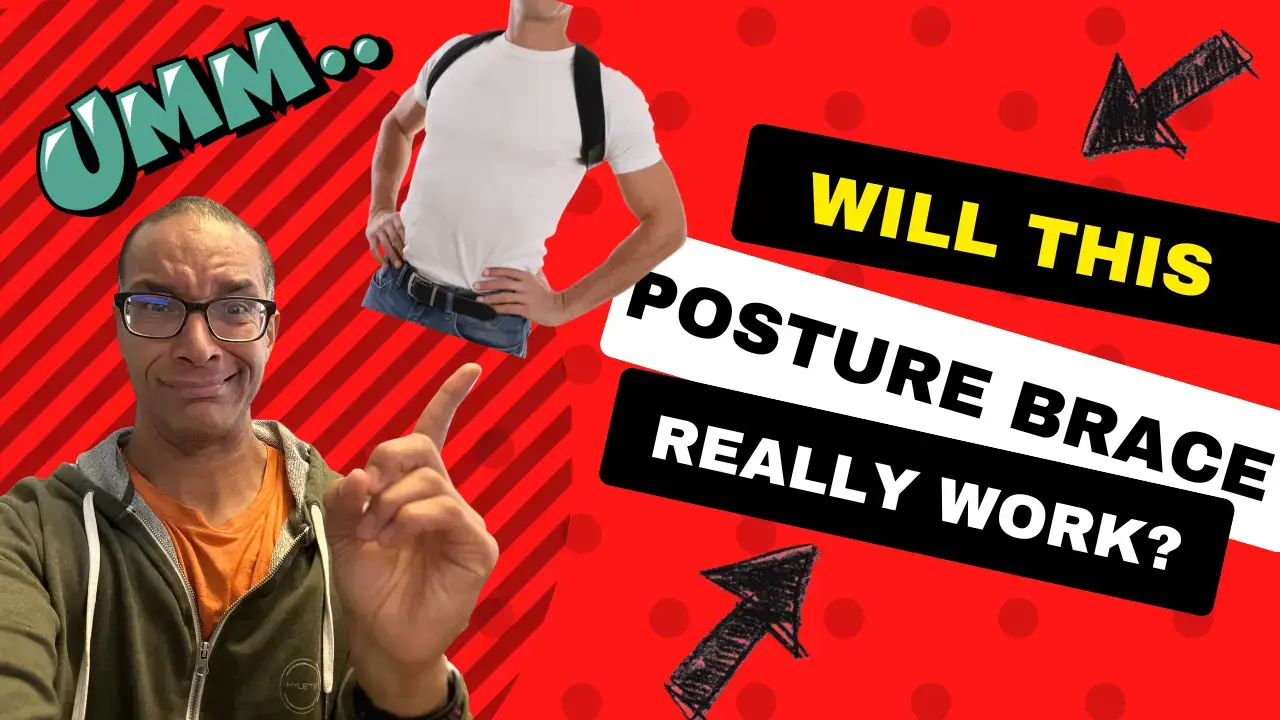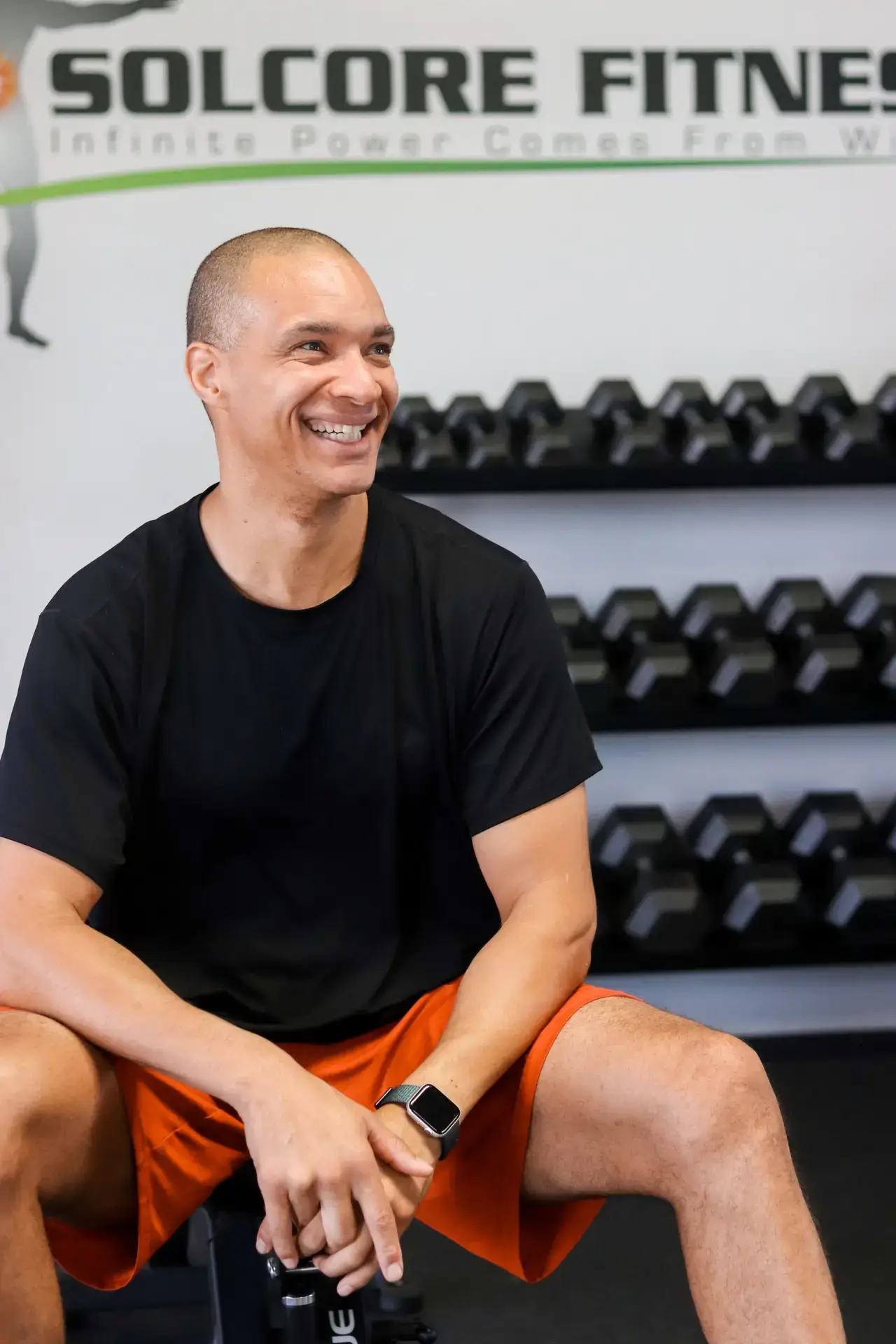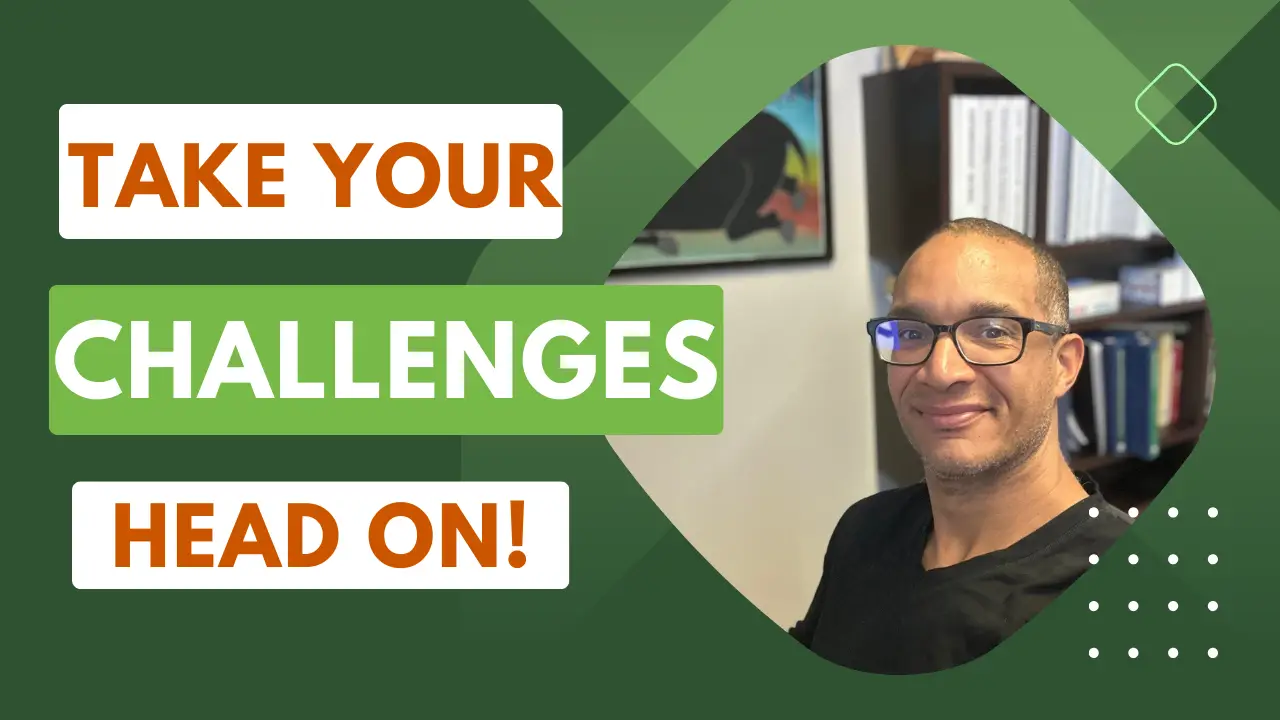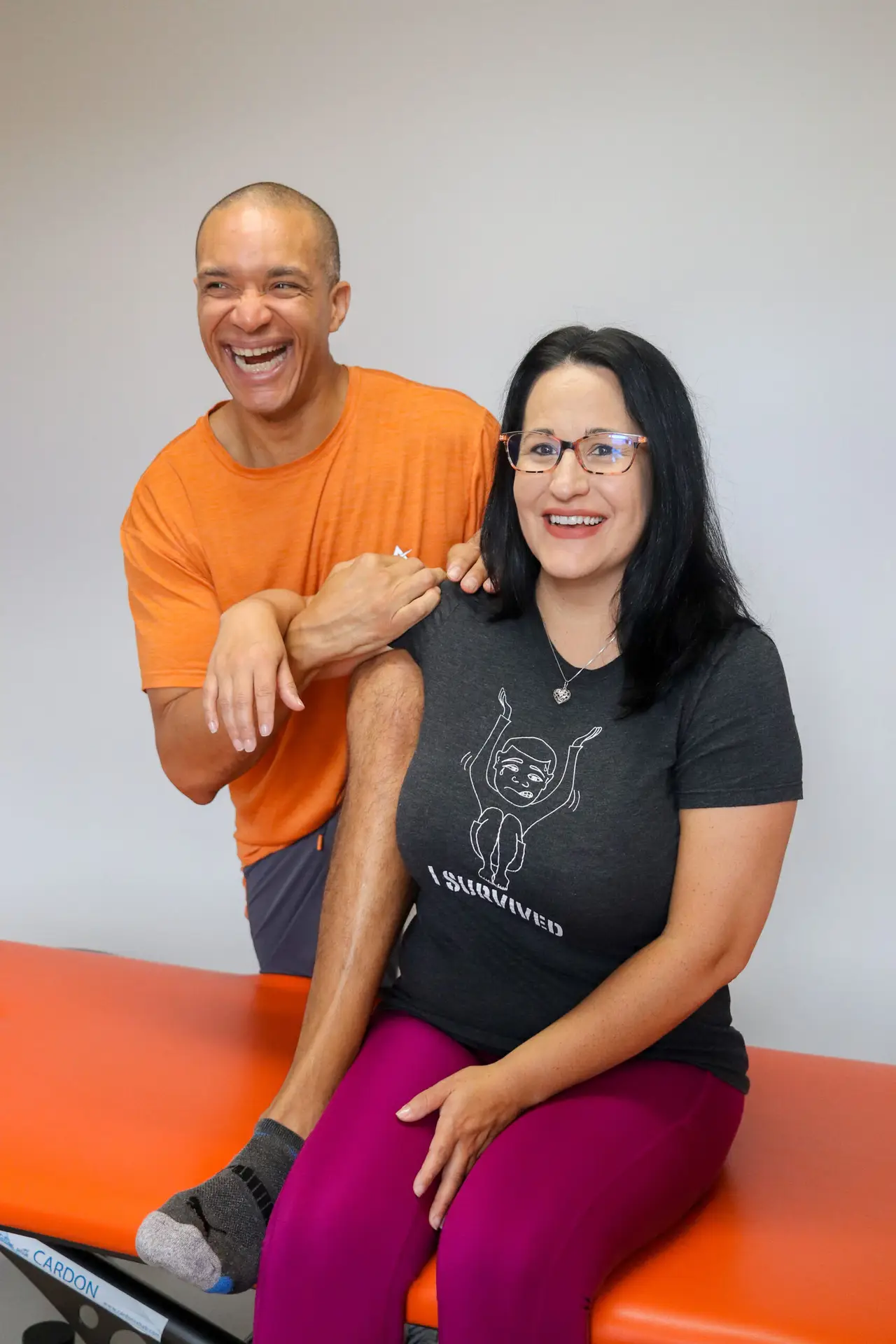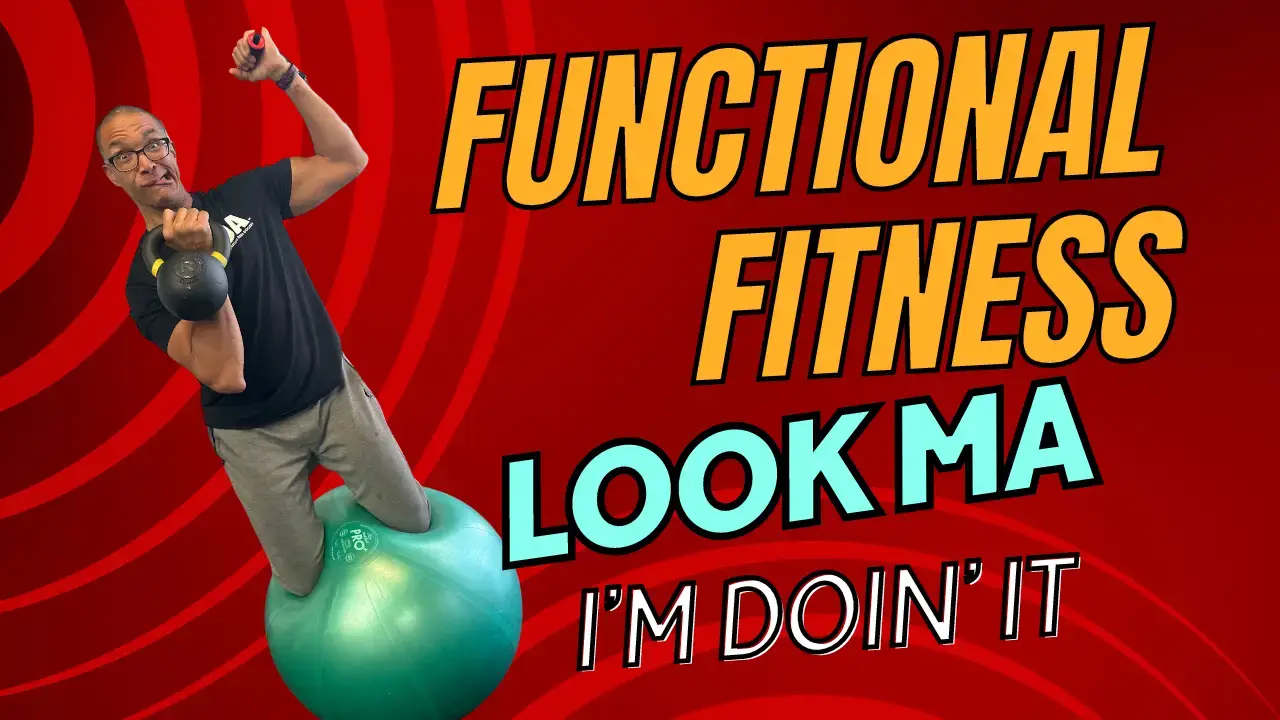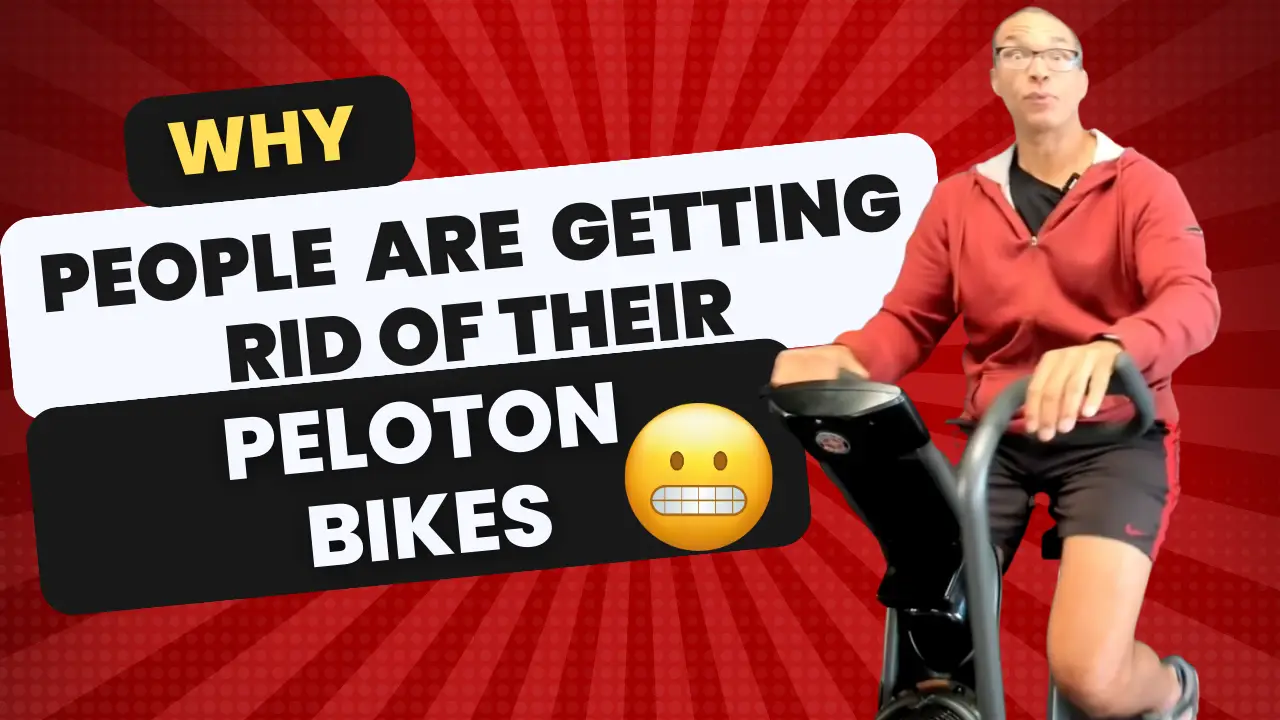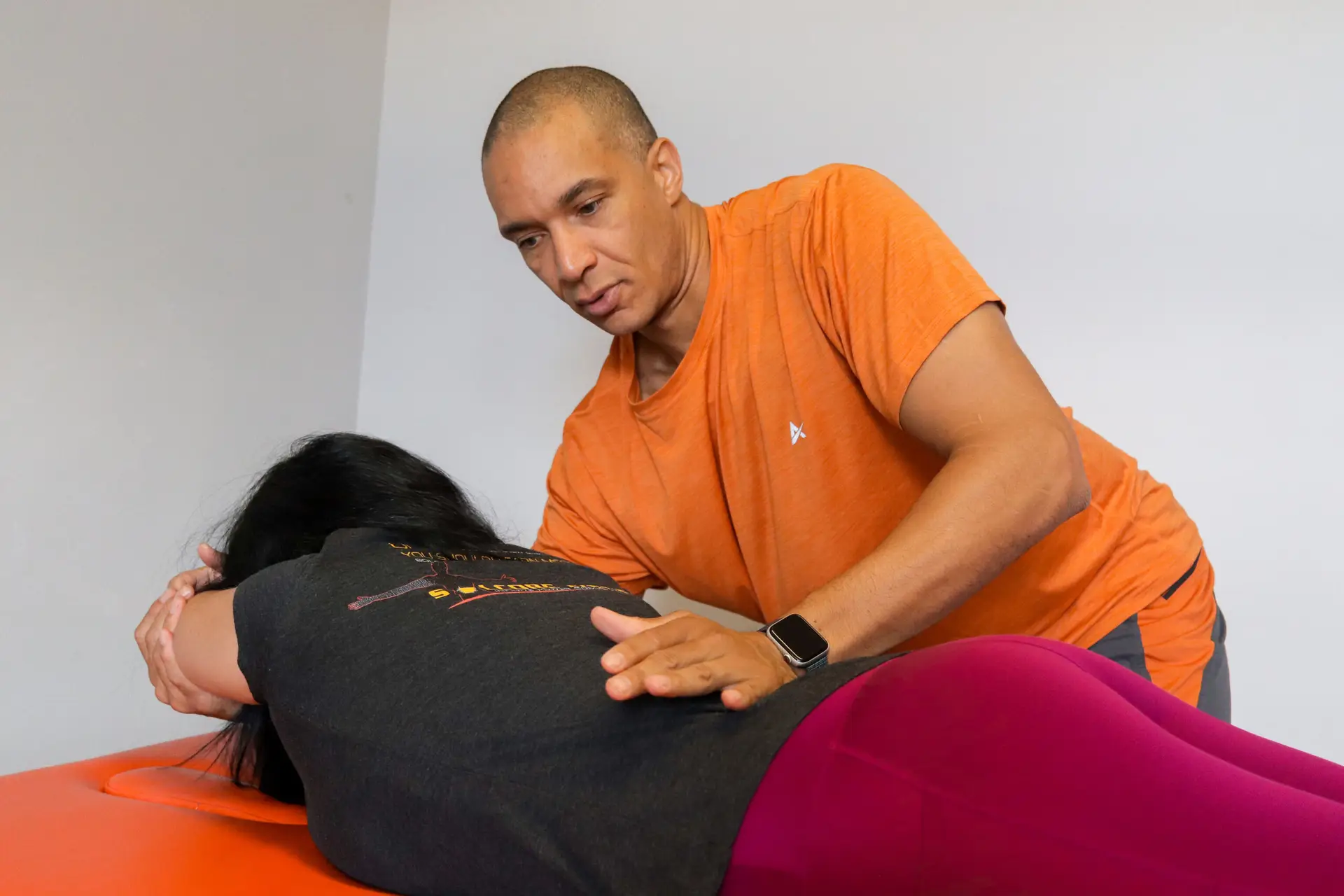
🏋🏽♂️ Gym Workouts for Longevity: Why Big Box Gyms Miss the Mark
Click on the image to watch When you walk into a big box gym, it can feel like you’ve found the answer to everything: Strength training? ✅Cardio? ✅Yoga and mindfulness classes? ✅Stretching areas, machines, HIIT, foam rollers, even a few free personal training sessions? ✅✅✅ But here’s the truth: none of it is a real

